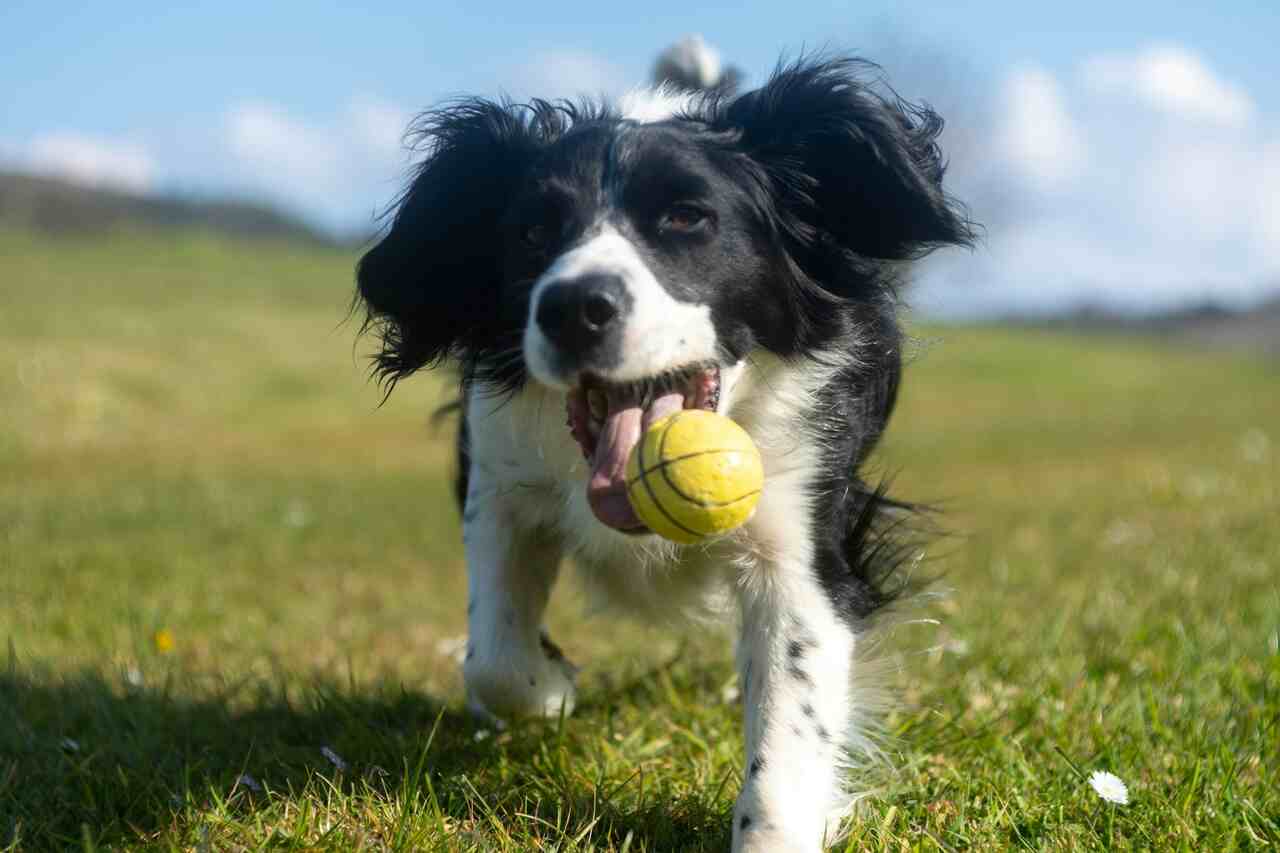 Learn how to stimulate a lazy dog to exercise (Andy Powell/Unsplash)
Learn how to stimulate a lazy dog to exercise (Andy Powell/Unsplash)
Exercising a lazy dog can be a challenge. If your furry friend prefers to nap rather than go for a walk, what can be done to motivate them to move more?
+ Video records life-and-death duel between jaguar and alligator
According to experts, the daily exercise time a dog should receive varies depending on its size, breed, and health status. “A 15-minute walk once or twice a day with a two-year-old border collie probably won’t be enough,” said Deborah Aronson from Main Line Veterinary Integrative Practice in Wynnewood, Pennsylvania, to the Marin Independent Journal website.
She explained that border collies are high-energy dogs that need a lot of exercise. On the other hand, if you have a brachycephalic breed dog (flat-faced), like a pug or a French bulldog, you won’t want to push them into doing very long walks.
These breeds have difficulty breathing due to shortened nasal passages. Even so, every dog, flat-faced or not, needs exercise. “It’s important to rule out that, instead of just being lazy, maybe your dog has an underlying health issue,” Aronson emphasized.
A dog that suddenly becomes sedentary may have some health issue. Furthermore, the less active a dog becomes, the more health problems it may acquire. Therefore, if your previously active dog hasn’t been moving for a while, schedule an appointment with your veterinarian.
“Dogs can become less active for various reasons. This includes aging or underlying health problems,” said Michael Thompson, an animal nutrition specialist and behaviorist in Austin, to the Marin Independent Journal.
Some of the most common health problems in dogs include arthritis, hypothyroidism, and undiagnosed injuries. “Unrecognized pain or discomfort may prevent dogs from moving as they should,” Aronson added.
On the other hand, dogs that remain inactive may end up developing a series of health problems, just like humans. “This includes obesity, muscle atrophy, cardiovascular problems, and diabetes,” Thompson added.
After ruling out medical problems or identifying them so that your veterinarian can start treating them, it’s time to think about how to get your dog moving again. Just like a human returning to activity after an injury, start slowly.
Walks are a great way to get active again. Aronson recommended short and frequent leash walks to increase conditioning. Start with walks of five or 10 minutes, two to three times a day, and build that habit from there.
“Taking evening walks has been great for our Boston terrier’s physical fitness and a great way for us to spend time together as a family,” said Sara Nelson from Real Balanced, based in Sheboygan, Wisconsin, to the Marin Independent Journal.
“He loves walking alongside the stroller with the kids. Their energy seems to make the walks more fun for him, turning our nightly exercise into a little adventure.”
However, if you can’t take your dog for walks as often as you’d like, try setting up an obstacle course in your backyard or even in your living room. Aronson suggested placing sticks or other household items on the floor and encouraging your dog to walk over them.
“This action increases muscular and core strength in a controlled environment,” she said. Turning getting treats into a game that requires your dog to move more to get them is also a great idea.
For example, instead of letting your dog sit and then receive a treat, reward the sit by sending the treat bouncing across the floor. Then, your dog will have practiced their good manners and will have to trot to get that treat.
If your dog doesn’t enjoy chasing a ball, a stick, or another object, small games like these are great ways to get them moving. This is because small bursts of energy definitely result in real exercise and movements for your pup.
However, you also don’t want to over-exercise them. “Always pay attention to signs of exhaustion, such as panting, lagging, or reluctance to continue moving,” Thompson warned. If you notice any of these signs, it’s time to end the exercise sessions and maybe snuggle up on the couch until everyone catches their breath.

